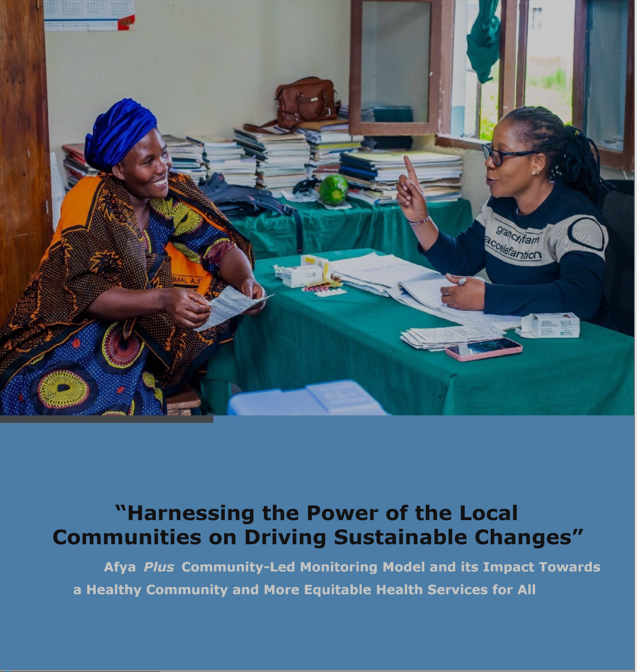
Over the past decade, countries in Sub-Saharan Africa (SSA), including Tanzania, have made significant strides towards attaining the UNAIDS 95-95-95 targets (a set of goals established by the Joint United Nations Programme on HIV/AIDS (UNAIDS) to measure progress in combating HIV/AIDS. However, certain challenges persist, hindering further progress.
Addressing some of these challenges can be as simple with the service recipients’ involvement and seeking their opinions on how to improve access and quality of HIV/AIDS services. This is precisely where community-led monitoring becomes crucial.
Community-led monitoring (CLM) is a dynamic-citizen driven approach which puts the voices of the service recipients at the center of quality improvement efforts. Community-led monitoring involves meaningful engagement and participation of community members in providing their feedback, experiences, and reflections in a structured manner purposely for improving access and quality of the services that directly impact their lives. This method aims to empower communities by giving them ownership of the continuous quality improvement process and holding stakeholders accountable for the outcomes.
Throughout community-led monitoring, community members are actively involved in various stages, from data collection and analysis to decision-making. Their pivotal role includes identifying indicators, collecting pertinent data, interpreting findings, and utilizing the information to advocate for change and make informed choices.
This approach highly values the expertise, knowledge, experiences, and perspectives of the community, ensuring their voices are not only heard but also addressed to meet their priorities.

